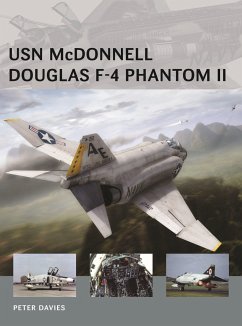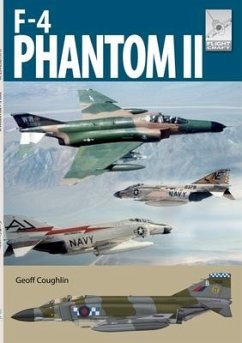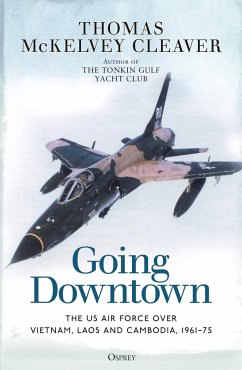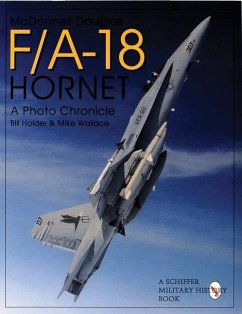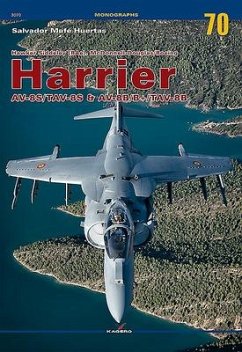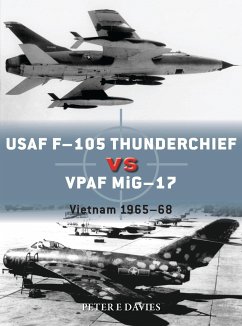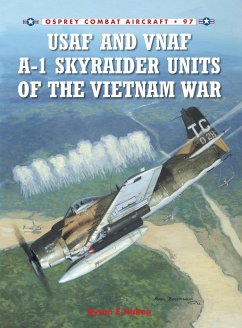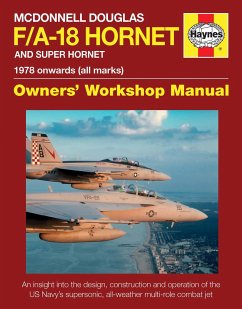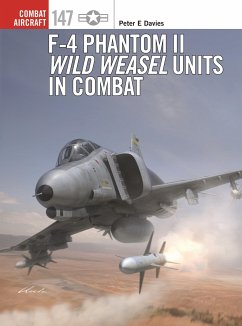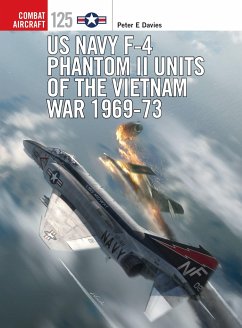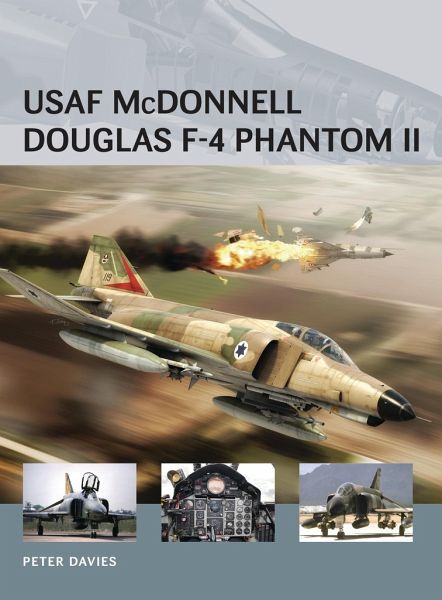
USAF McDonnell Douglas F-4 Phantom II
Versandkostenfrei!
Versandfertig in über 4 Wochen
16,99 €
inkl. MwSt.
Weitere Ausgaben:

PAYBACK Punkte
8 °P sammeln!
An introduction to USAF squadrons happened just in time for the Vietnam conflict where USAF F-4Cs took over MiG-fighting duties from the F-100 Super Sabre. It deals with this topic.




